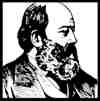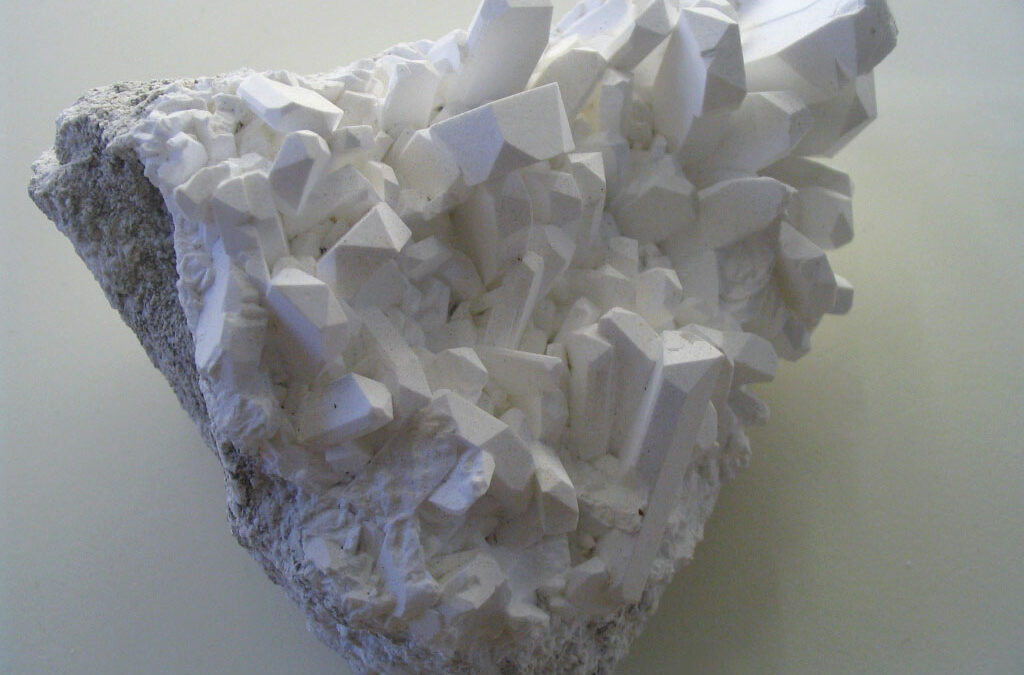borx crystals © Aram Dulyan, CC BY 2.0, via Creative Commons Attribution-Share Alike
The quintessential osseous mineral is one scarcer than calcium.

Prof. Mumblebard claims: “Regardless of the semantics of whether it is a vitamin or a prohormone, calciferol controls certain physiological functions in humans, and can be deficient to the degree of risking the serious disfigurement of children – known as rickets. Boosting the supply of calciferol to the body is therefore the most rational treatment of poorly mineralised bones, whether in the form of rickets or osteomalacia in the elderly. Calciferol can be acquired by sunning the skin or by consuming supplements by mouth but – either way – boosting the amount of calciferol in the patient’s body is likely to be the most efficient way of restoring the mineralisation of bone to normal. The second priority is ensuring a sufficient intake of calcium.”
Robin and the Honey Badger respond: “Maladies of bone growth and replacement are caused by a collective deficiency of a suite of resources including ultraviolet light, magnesium, calciferol, parathyroid hormones and calcitonin, and at least six micronutrient elements. In this complex interaction, calciferol, sunlight, and calcium are unlikely to be high in the hierarchy of causal factors. This is because: calciferol can be made by the body itself; some populations prone to osteomalacia have excessive exposure to sunlight as indicated by skin cancer; and calcium supplied by dairy products has not solved osteomalacia. It is instead likely to be another mineral nutrient – which like calcium cannot be made in any cell but which is more likely to be in short supply – that plays the most controlling role in the tangle of cause and effect. Boron may be cardinal for three reasons. Firstly it is likely to have been particularly deficient in the diets of those with rickets. Secondly it is – unlike the other micronutrients involved in bone tissue replacement such as copper, manganese, and selenium – more concentrated in bone than in any other tissue. Thirdly, it is part of a bio-alloy of metallic and non-metallic elements that constitutes the mineral matter of bone. Cases of rickets in the early twentieth century probably reflected insufficient intakes of the boron-richest foods such as certain fruits, vegetables, and nuts. This line of reasoning suggests that human demands for sunlight and calciferol are raised by deficiency of boron. The converse is also likely to apply i.e. sufficiency of boron boosts the efficiency of sunned skin in the photosynthetic production of calciferol and its conversion into its active hormonal form. In conclusion, we hypothesise that the most efficient way to improve the mineralisation of bone would be to supplement the diet with boron regardless of age. This would be as safe as taking ‘vitamin D’ because borax – the most convenient additive of boron to the diet – is less toxic than calciferol.”

Please join us here at the Bio-edge with your own comments. In the discussion below we encourage links to any evidence supporting either Prof. Mumblebard or Robin and the Honey Badger. Illustrations are welcome but please cite all sources or we may be forced under copyright to delete your comment.

